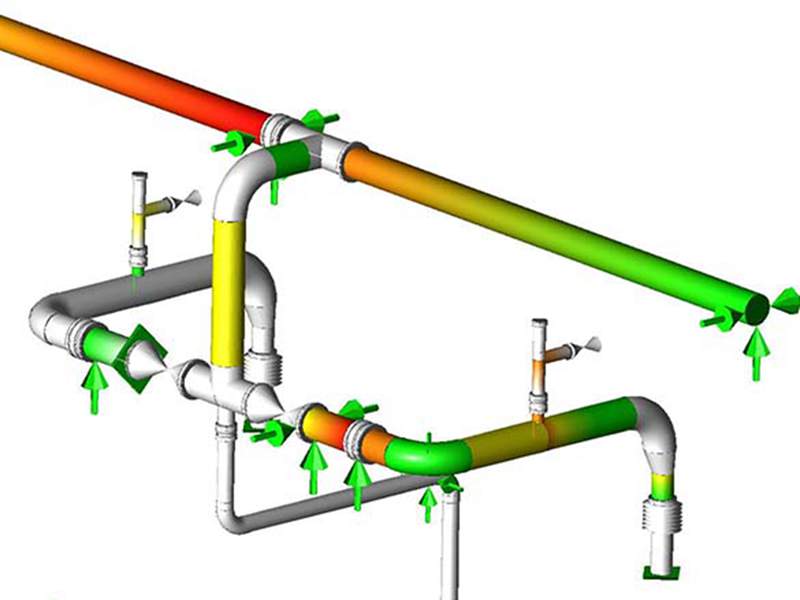
-
 Afrikaans
Afrikaans -
 Albanian
Albanian -
 Amharic
Amharic -
 Arabic
Arabic -
 Armenian
Armenian -
 Azerbaijani
Azerbaijani -
 Basque
Basque -
 Belarusian
Belarusian -
 Bengali
Bengali -
 Bosnian
Bosnian -
 Bulgarian
Bulgarian -
 Catalan
Catalan -
 Cebuano
Cebuano -
 China
China -
 China (Taiwan)
China (Taiwan) -
 Corsican
Corsican -
 Croatian
Croatian -
 Czech
Czech -
 Danish
Danish -
 Dutch
Dutch -
 English
English -
 Esperanto
Esperanto -
 Estonian
Estonian -
 Finnish
Finnish -
 French
French -
 Frisian
Frisian -
 Galician
Galician -
 Georgian
Georgian -
 German
German -
 Greek
Greek -
 Gujarati
Gujarati -
 Haitian Creole
Haitian Creole -
 hausa
hausa -
 hawaiian
hawaiian -
 Hebrew
Hebrew -
 Hindi
Hindi -
 Miao
Miao -
 Hungarian
Hungarian -
 Icelandic
Icelandic -
 igbo
igbo -
 Indonesian
Indonesian -
 irish
irish -
 Italian
Italian -
 Japanese
Japanese -
 Javanese
Javanese -
 Kannada
Kannada -
 kazakh
kazakh -
 Khmer
Khmer -
 Rwandese
Rwandese -
 Korean
Korean -
 Kurdish
Kurdish -
 Kyrgyz
Kyrgyz -
 Lao
Lao -
 Latin
Latin -
 Latvian
Latvian -
 Lithuanian
Lithuanian -
 Luxembourgish
Luxembourgish -
 Macedonian
Macedonian -
 Malgashi
Malgashi -
 Malay
Malay -
 Malayalam
Malayalam -
 Maltese
Maltese -
 Maori
Maori -
 Marathi
Marathi -
 Mongolian
Mongolian -
 Myanmar
Myanmar -
 Nepali
Nepali -
 Norwegian
Norwegian -
 Norwegian
Norwegian -
 Occitan
Occitan -
 Pashto
Pashto -
 Persian
Persian -
 Polish
Polish -
 Portuguese
Portuguese -
 Punjabi
Punjabi -
 Romanian
Romanian -
 Russian
Russian -
 Samoan
Samoan -
 Scottish Gaelic
Scottish Gaelic -
 Serbian
Serbian -
 Sesotho
Sesotho -
 Shona
Shona -
 Sindhi
Sindhi -
 Sinhala
Sinhala -
 Slovak
Slovak -
 Slovenian
Slovenian -
 Somali
Somali -
 Spanish
Spanish -
 Sundanese
Sundanese -
 Swahili
Swahili -
 Swedish
Swedish -
 Tagalog
Tagalog -
 Tajik
Tajik -
 Tamil
Tamil -
 Tatar
Tatar -
 Telugu
Telugu -
 Thai
Thai -
 Turkish
Turkish -
 Turkmen
Turkmen -
 Ukrainian
Ukrainian -
 Urdu
Urdu -
 Uighur
Uighur -
 Uzbek
Uzbek -
 Vietnamese
Vietnamese -
 Welsh
Welsh -
 Bantu
Bantu -
 Yiddish
Yiddish -
 Yoruba
Yoruba -
 Zulu
Zulu
frp ladder
Understanding the FRP Ladder A Versatile Tool for Various Applications
The FRP (Fiber Reinforced Plastic) ladder has gained popularity in many sectors due to its numerous advantages over traditional materials like wood or metal. Composed of a polymer matrix that is reinforced with fibrous materials, FRP presents a unique combination of strength, durability, and lightweight characteristics. This article delves into the features, benefits, and applications of FRP ladders.
The Composition and Design of FRP Ladders
FRP ladders are constructed using a combination of glass or carbon fibers and a resin matrix, typically epoxy or polyester, which hardens to form a robust structure. The fibers provide tensile strength, while the resin binds everything together, offering resistance against various environmental factors. The design can vary from simple step ladders to more complex configurations for industrial or commercial use, making them highly versatile.
One notable feature of FRP ladders is their non-conductive nature, making them safe to use in environments with electrical hazards. This quality is particularly crucial in industries where workers can encounter high voltages, such as utilities and telecommunications. Furthermore, FRP is resistant to corrosion, rust, and degradation from chemicals, which is vital for applications in harsh or corrosive environments such as chemical plants or outdoor settings.
Advantages of FRP Ladders
1. Lightweight One of the primary benefits of FRP ladders is their lightweight nature. Weighing significantly less than aluminum or wooden ladders, they are easier to transport and maneuver, reducing the physical strain on workers.
2. Durability FRP materials exhibit remarkable resistance to wear and tear, outlasting traditional ladders in many cases. They can endure extreme temperatures and harsh weather conditions without deteriorating, ensuring a long service life.
3. Safety Features Many FRP ladders come with additional safety features such as slip-resistant steps, ensuring that users have better footing. Their non-conductive properties further minimize risks associated with electrical accidents.
frp ladder

4. Low Maintenance Unlike wooden ladders that require regular treatment to prevent rot or metal ladders that can corrode, FRP ladders require minimal upkeep. A simple wash with soap and water is often sufficient to keep them in good condition.
Applications of FRP Ladders
The versatility of FRP ladders allows them to be utilized in a wide range of industries. They are commonly found in
- Industrial Settings For maintenance tasks in factories or warehouses, where safety and durability are paramount. - Utilities In the electric and telecommunications sectors, workers use FRP ladders for installing or repairing infrastructure without the risk of electrical conductivity.
- Construction Sites FRP ladders are beneficial on construction sites due to their lightweight and robust nature, enabling easy handling while ensuring safety.
- Marine Applications The resistance to corrosion makes FRP ladders ideal for use on boats and offshore platforms where exposure to saltwater is a concern.
- Recreational Use They are also popular for residential and recreational applications, such as pools and gardens, where durability and safety are essential.
Conclusion
In summary, FRP ladders are an exceptional tool in various applications due to their combination of strength, safety, and durability. Their lightweight and non-conductive properties make them a preferred choice in many industrial settings, while their low maintenance and corrosion resistance ensure long-lasting performance. As industries continue to adapt to modern materials, the FRP ladder stands out as a reliable and versatile option that meets the demands of today’s work environments. Whether for industrial, commercial, or recreational use, FRP ladders are poised to remain an essential tool for many years to come.
Latest news
-
Exploring the Benefits of Top Hammer Drifter Rods for Enhanced Drilling PerformanceNewsJun.10,2025
-
High-Precision Fiberglass Winding Machine for GRP/FRP Pipe Production – Reliable & Efficient SolutionsNewsJun.10,2025
-
FRP Pipes & Fittings for Shipbuilding - Corrosion-Resistant & LightweightNewsJun.09,2025
-
Premium FRP Flooring Solutions Durable & Slip-ResistantNewsJun.09,2025
-
Premium Fiberglass Rectangular Tanks Durable & Lightweight SolutionNewsJun.09,2025
-
Tapered Drill String Design Guide Durable Performance & UsesNewsJun.09,2025









